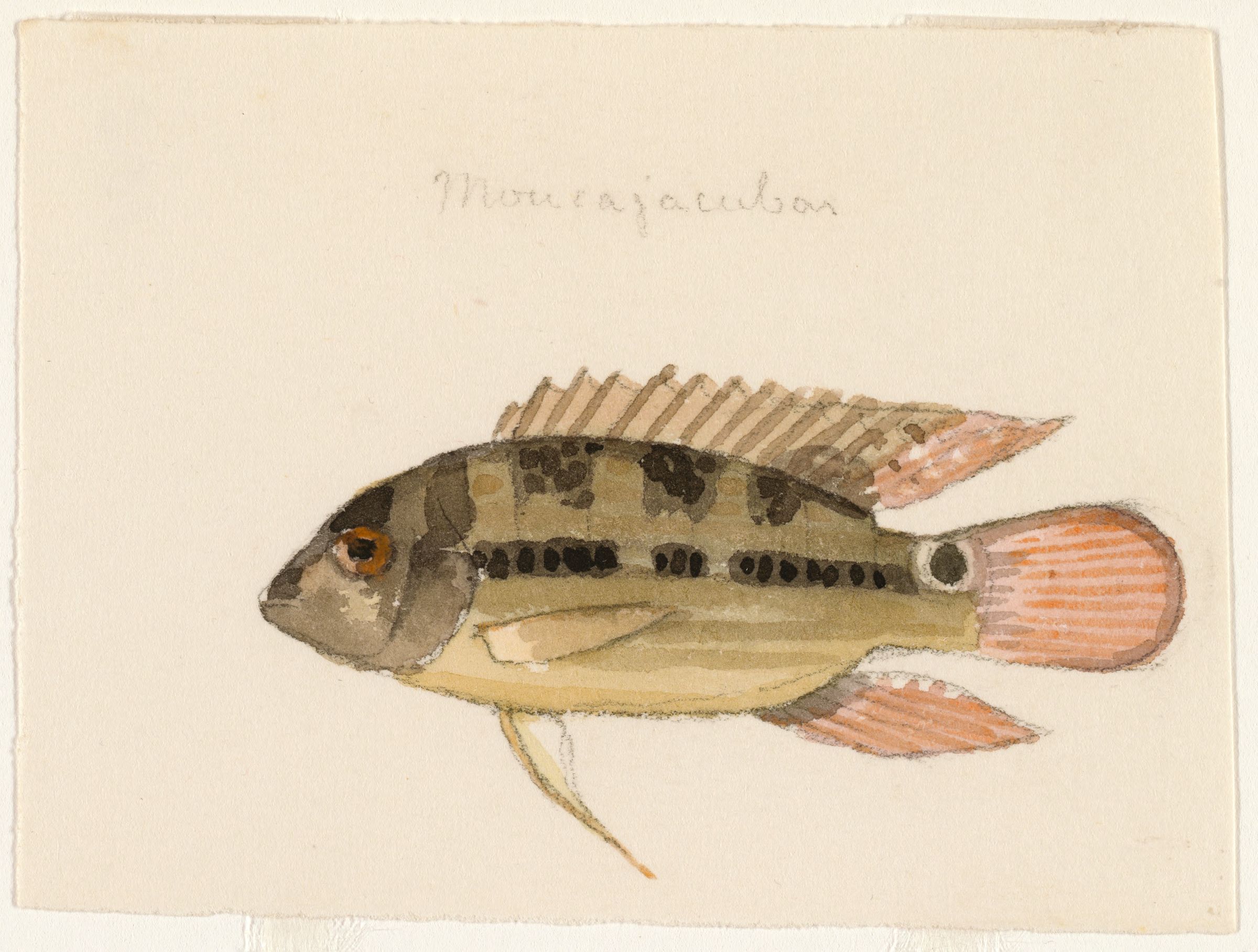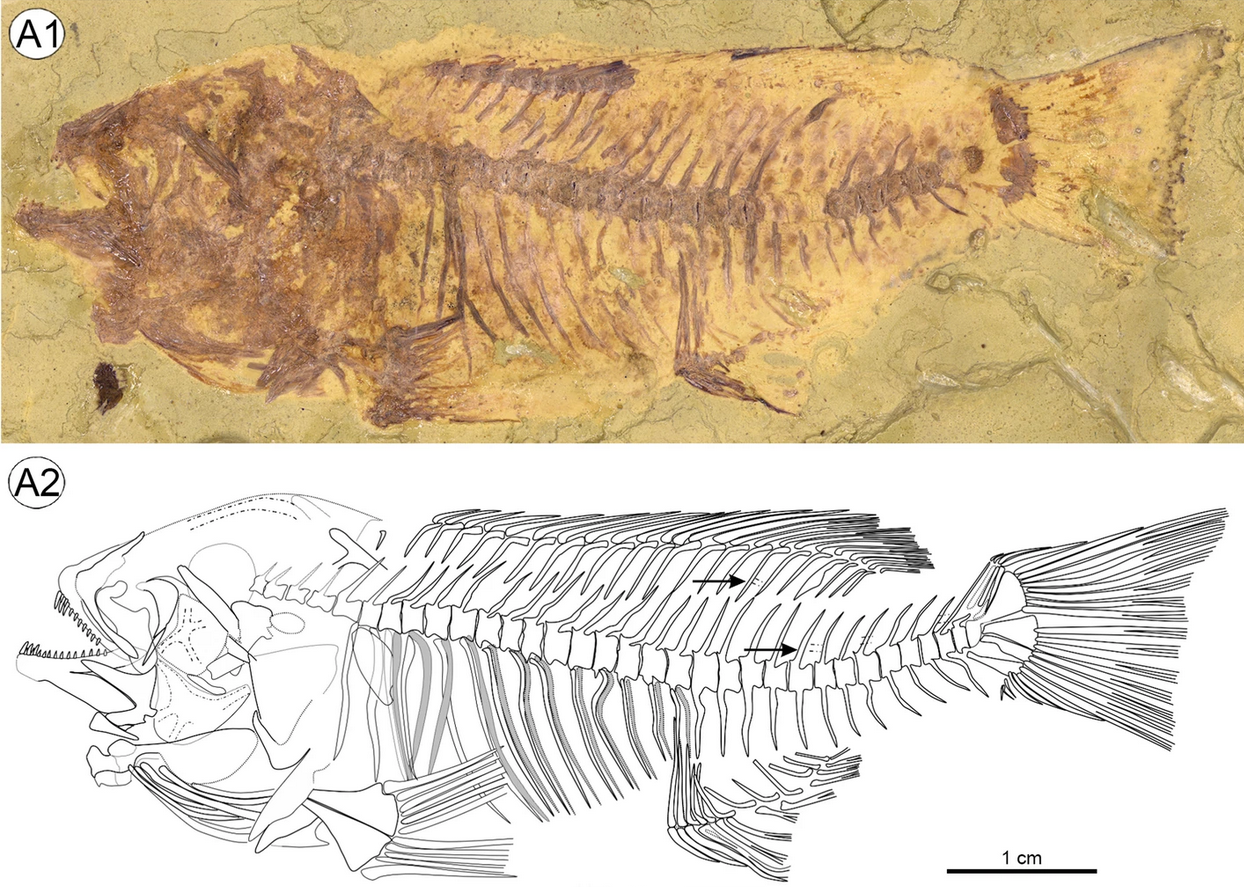|
Plecodus
''Plecodus'' is a genus of cichlids endemism, endemic to Lake Tanganyika in Africa. They Lepidophagy, feed on scales. Species There are currently four recognized species in this genus: * ''Plecodus elaviae'' Max Poll, Poll, 1949 * ''Plecodus multidentatus'' Max Poll, Poll, 1952 * ''Plecodus paradoxus'' George Albert Boulenger, Boulenger, 1898 * ''Plecodus straeleni'' Max Poll, Poll, 1948 References Plecodus, Perissodini Cichlid genera Taxa named by George Albert Boulenger Taxonomy articles created by Polbot {{Pseudocrenilabrinae-stub ... [...More Info...] [...Related Items...] OR: [Wikipedia] [Google] [Baidu] |
Plecodus Paradoxus
''Plecodus paradoxus'' is a species of cichlid endemic to Lake Tanganyika Lake Tanganyika ( ; ) is an African Great Lakes, African Great Lake. It is the world's List of lakes by volume, second-largest freshwater lake by volume and the List of lakes by depth, second deepest, in both cases after Lake Baikal in Siberia. .... This fish is a scale-eater, gathering in large schools exceeding 500 individuals and eating the scales of other fish. This species can reach a length of TL. References Plecodus Taxa named by George Albert Boulenger Fish described in 1898 Taxonomy articles created by Polbot {{Pseudocrenilabrinae-stub ... [...More Info...] [...Related Items...] OR: [Wikipedia] [Google] [Baidu] |
Plecodus Straeleni
''Plecodus straeleni'' is a species of cichlid fish that is endemic to Lake Tanganyika in East Africa. This species can reach a total length of . Like all species of '' Plecodus'', this fish is a scale-eater. Unlike other members of its genus, it has a distinctive striped pattern and closely resembles the harmless '' Neolamprologus sexfasciatus''. It uses this aggressive mimicry to be able to approach unsuspecting fish and rapidly take a mouthful of scales.Boileau; Cortesi; Egger; Muschick; Indermaur; Theis; Büscher; and Salzburger (2015). A complex mode of aggressive mimicry in a scale-eating cichlid fish. Biol Lett. 11(9): 20150521. It also resembles the larger '' Cyphotilapia'' and has been recorded swimming among their schools, but this may be protective rather than aggressive mimicry. Although it may attack the species it mimics, most victims are other species and under some circumstances it will feed on fish eggs.Nshombo, M. (1991). Occasional egg-eating by the scale-e ... [...More Info...] [...Related Items...] OR: [Wikipedia] [Google] [Baidu] |
Plecodus Elaviae
''Plecodus elaviae'' is a species of cichlid endemic to Lake Tanganyika. This schooling species is a scale-eater, plucking scales from other fishes. Both parents care for the offspring in this mouthbrooder Mouthbrooding, also known as oral incubation and buccal incubation, is the care given by some groups of animals to their offspring by holding them in the mouth of the parent for extended periods of time. Although mouthbrooding is performed by a va .... This fish can reach a length of TL. References * * elaviae Taxa named by Max Poll Fish described in 1949 Taxonomy articles created by Polbot {{Pseudocrenilabrinae-stub ... [...More Info...] [...Related Items...] OR: [Wikipedia] [Google] [Baidu] |
Plecodus Multidentatus
''Plecodus multidentatus'' is a species of cichlid endemic to Lake Tanganyika Lake Tanganyika ( ; ) is an African Great Lakes, African Great Lake. It is the world's List of lakes by volume, second-largest freshwater lake by volume and the List of lakes by depth, second deepest, in both cases after Lake Baikal in Siberia. .... This species is a scale-eater, eating the scales off of other fishes. This species can reach a length of TL. References multidentatus Taxa named by Max Poll Fish described in 1952 Taxonomy articles created by Polbot {{Pseudocrenilabrinae-stub ... [...More Info...] [...Related Items...] OR: [Wikipedia] [Google] [Baidu] |
Lepidophagy
Lepidophagy is a specialised feeding behaviour in fish that involves eating the scales of other fish. Lepidophagy is widespread, having evolved independently in at least five freshwater families and seven marine families. A related feeding behavior among fish is pterygophagy: feeding on the fins of other fish. Species Lepidophagy, or scale-eating, has been reported in a range of fish, including: '' Chanda nama'' (family Ambassidae), '' Plagiotremus'' (family Blenniidae), ''Terapon jarbua'' (family Terapontidae), a few '' Ariopsis'' and '' Neoarius'' species (family Ariidae), '' Pachypterus khavalchor'' (family contentious - variably in Schilbeidae, Bagridae, or Horabagridae), '' Macrorhamphoides uradoi'' (family Triacanthodidae), several pencil catfish (family Trichomycteridae), some piranha, '' Exodon paradoxus'', '' Probolodus'', '' Roeboides'' and '' Roeboexodon'' species (order Characiformes), '' Cyprinodon desquamator'' (family Cyprinodontidae), along with both '' Perissodu ... [...More Info...] [...Related Items...] OR: [Wikipedia] [Google] [Baidu] |
Cichlids
Cichlids () are a large, diverse, and widespread family of Percomorpha, percomorph fish in the family (biology), family Cichlidae, order Cichliformes. At least 1,760 species have been Binomial nomenclature, scientifically described, making it one of the largest vertebrate families, with only the Cyprinidae being more speciose. New species are discovered annually, and many species remain Undescribed taxon, undescribed. The actual number of species is therefore unknown, with estimates varying between 2,000 and 3,000. They are native to the Neotropics, Africa (including Madagascar), the Middle East, and the Indian subcontinent, although some species have been introduced worldwide. Many cichlids, particularly tilapia, are important food fishes, while others, such as the ''Cichla'' species, are valued game fish. The family also includes many popular freshwater aquarium fish fishkeeping, kept by hobbyists, including the freshwater angelfish, angelfish, Astronotus ocellatus, oscar ... [...More Info...] [...Related Items...] OR: [Wikipedia] [Google] [Baidu] |
Cichlid Genera
Cichlids () are a large, diverse, and widespread family of percomorph fish in the family Cichlidae, order Cichliformes. At least 1,760 species have been scientifically described, making it one of the largest vertebrate families, with only the Cyprinidae being more speciose. New species are discovered annually, and many species remain undescribed. The actual number of species is therefore unknown, with estimates varying between 2,000 and 3,000. They are native to the Neotropics, Africa (including Madagascar), the Middle East, and the Indian subcontinent, although some species have been introduced worldwide. Many cichlids, particularly tilapia, are important food fishes, while others, such as the '' Cichla'' species, are valued game fish. The family also includes many popular freshwater aquarium fish kept by hobbyists, including the angelfish, oscars, and discus. Cichlids have the largest number of endangered species among vertebrate families, most in the haplochromi ... [...More Info...] [...Related Items...] OR: [Wikipedia] [Google] [Baidu] |
Perissodini
Perissodini is a tribe of African cichlids, containing three genera of freshwater fish found only in Lake Tanganyika. One of its genera, '' Haplotaxodon'', feeds on small fish and zooplankton Zooplankton are the heterotrophic component of the planktonic community (the " zoo-" prefix comes from ), having to consume other organisms to thrive. Plankton are aquatic organisms that are unable to swim effectively against currents. Consequent .... The other two genera are specialised in eating scales from other fish. They are all mouthbrooders.Smith, M.P. (1998). Lake Tanganyikan Cichlids, pp. 11—13. References External links * https://www.uniprot.org/taxonomy/319066 * https://web.archive.org/web/20071206122807/http://www.practicalfishkeeping.co.uk/pfk/pages/item.php?news=1344 Pseudocrenilabrinae {{Pseudocrenilabrinae-stub ... [...More Info...] [...Related Items...] OR: [Wikipedia] [Google] [Baidu] |
George Albert Boulenger
George Albert Boulenger (19 October 1858 – 23 November 1937) was a Belgian-British zoologist who described and gave scientific names to over 2,000 new animal species, chiefly fish, reptiles, and amphibians. Boulenger was also an active botanist during the last 30 years of his life, especially in the study of roses. Life Boulenger was born in Brussels, Belgium, the only son of Gustave Boulenger, a Belgian public notary, and Juliette Piérart, from Valenciennes. He graduated in 1876 from the Free University of Brussels (1834–1969), Free University of Brussels with a degree in natural sciences, and worked for a while at the Royal Belgian Institute of Natural Sciences, Brussels, as an assistant naturalist studying amphibians, reptiles, and fishes. He also made frequent visits during this time to the ''National Museum of Natural History (France), Muséum national d'Histoire naturelle'' in Paris and the Natural History Museum, London, British Museum in London. Boulenger develop ... [...More Info...] [...Related Items...] OR: [Wikipedia] [Google] [Baidu] |
Endemism
Endemism is the state of a species being found only in a single defined geographic location, such as an island, state, nation, country or other defined zone; organisms that are indigenous to a place are not endemic to it if they are also found elsewhere. For example, the Cape sugarbird is found exclusively in southwestern South Africa and is therefore said to be ''endemic'' to that particular part of the world. An endemic species can also be referred to as an ''endemism'' or, in scientific literature, as an ''endemite''. Similarly, many species found in the Western ghats of India are examples of endemism. Endemism is an important concept in conservation biology for measuring biodiversity in a particular place and evaluating the risk of extinction for species. Endemism is also of interest in evolutionary biology, because it provides clues about how changes in the environment cause species to undergo range shifts (potentially expanding their range into a larger area or b ... [...More Info...] [...Related Items...] OR: [Wikipedia] [Google] [Baidu] |
Lake Tanganyika
Lake Tanganyika ( ; ) is an African Great Lakes, African Great Lake. It is the world's List of lakes by volume, second-largest freshwater lake by volume and the List of lakes by depth, second deepest, in both cases after Lake Baikal in Siberia. It is the world's longest freshwater lake. The lake is shared among four countries—Tanzania, the Democratic Republic of the Congo (the DRC), Burundi, and Zambia—with Tanzania (46%) and the DRC (40%) possessing the majority of the lake. It drains via the Lukuga River into the Congo River system, which ultimately discharges at Banana, Democratic Republic of the Congo into the Atlantic Ocean. Geography Lake Tanganyika is situated within the Albertine Rift, the western branch of the East African Rift, and is confined by the mountainous walls of the valley. It is the largest rift lake in Africa and the second-largest freshwater lake by volume in the world. It is the deepest lake in Africa and holds the greatest volume of fresh water on the ... [...More Info...] [...Related Items...] OR: [Wikipedia] [Google] [Baidu] |





